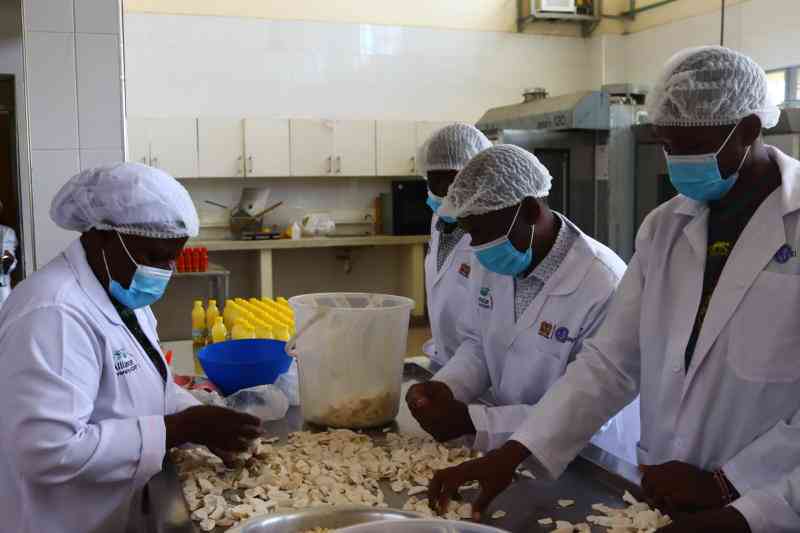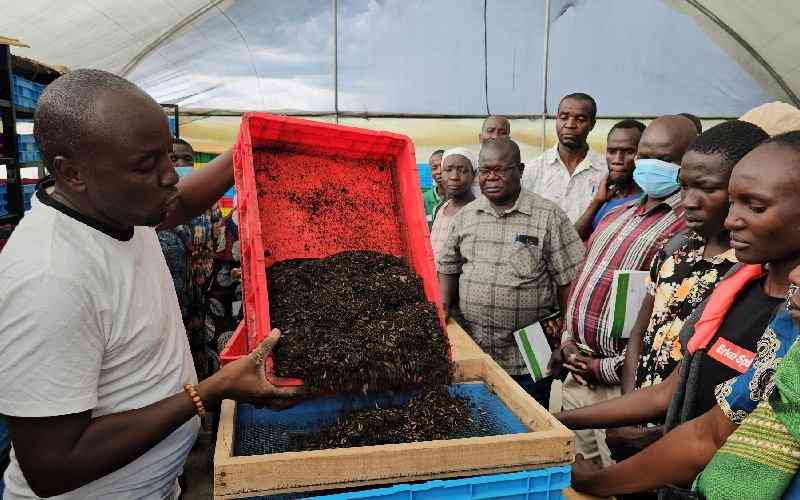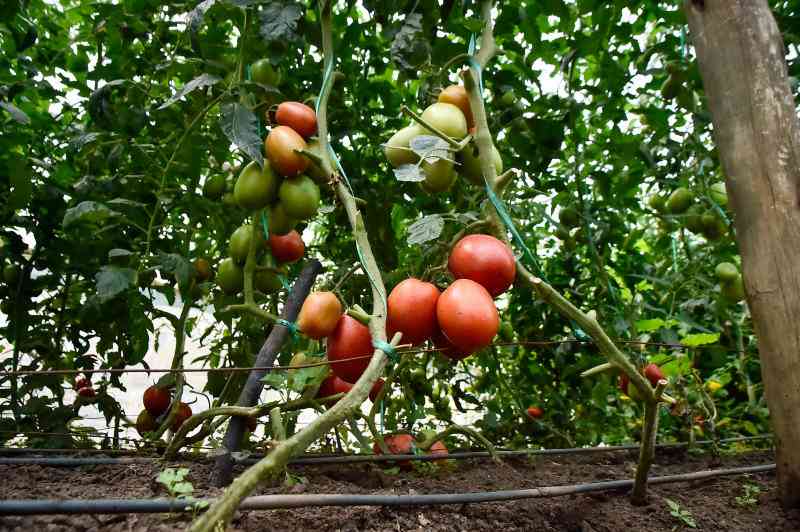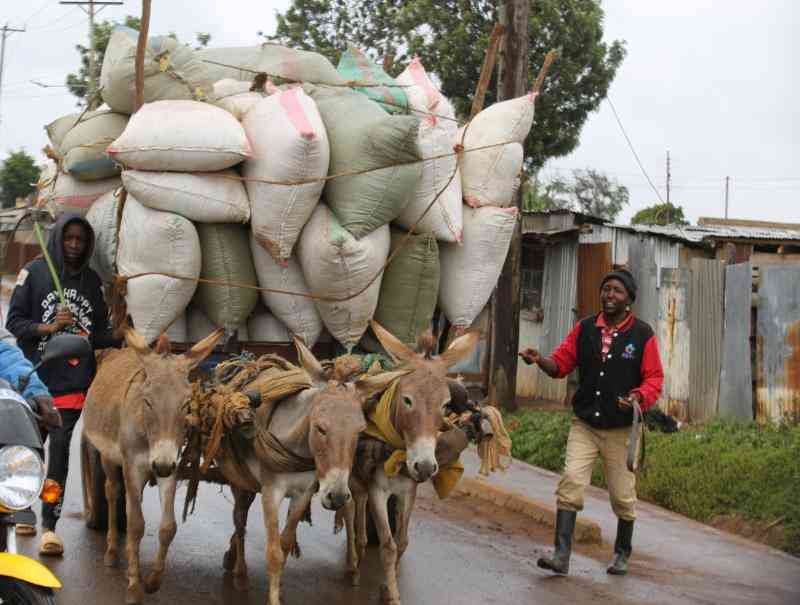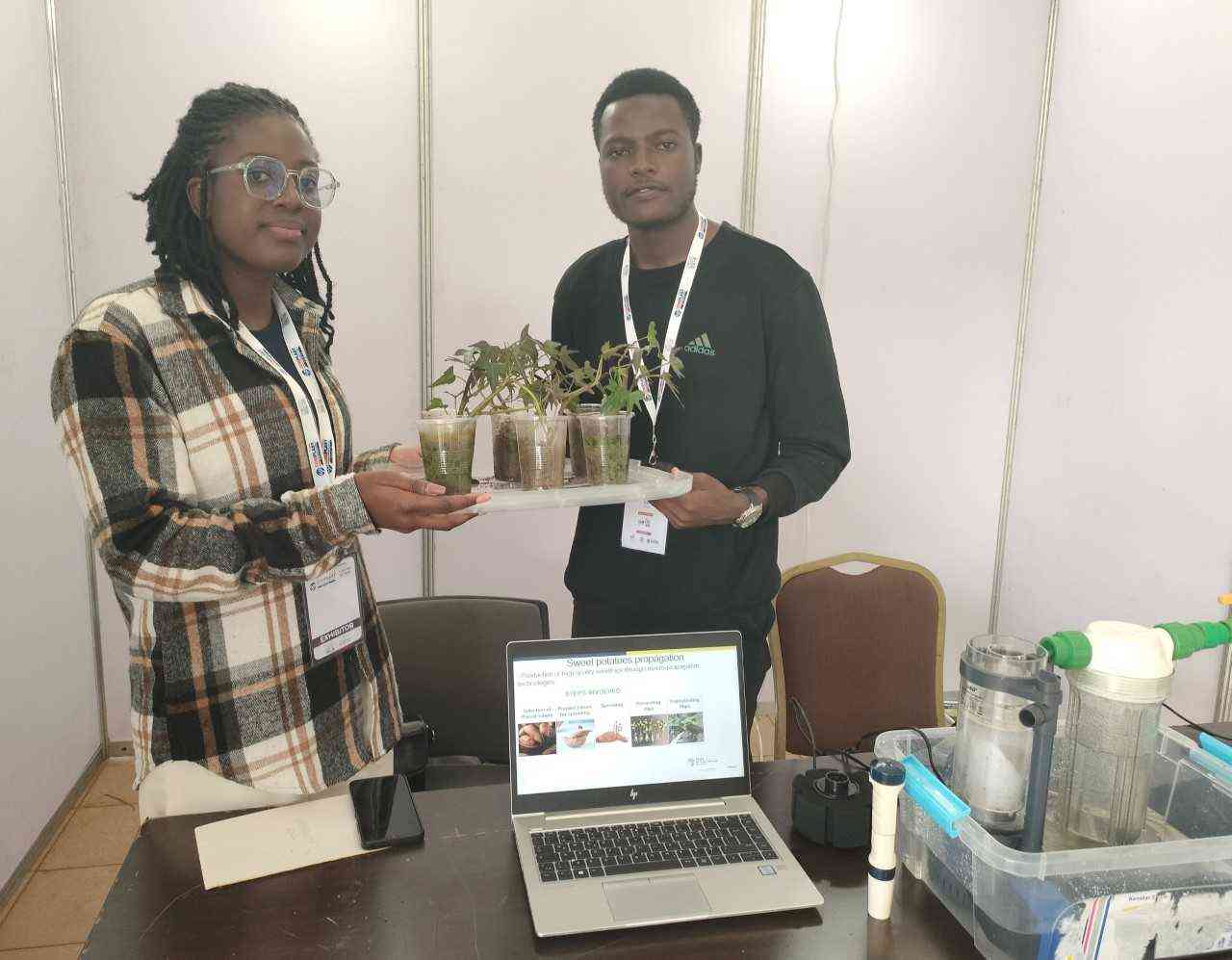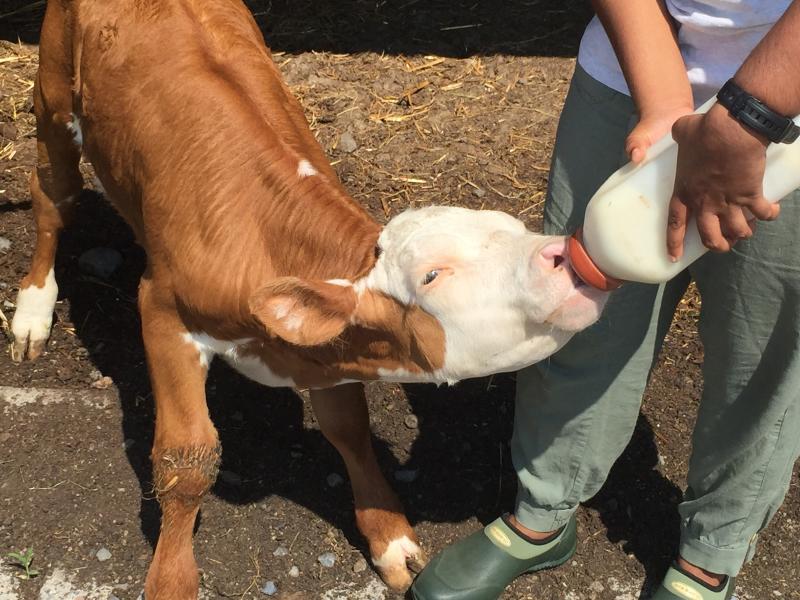
You had a pregnant cow and finally the calf is here. What next? The first few hours after birth of a calf are critical moments for the mother and the new born. For the calf, it is a life foundation being laid and it must be nurtured well to support it through the neonatal stage and through to weaning, post weaning and maturity. For the mother, it is a time when diseases may attack the reproductive system due to low immunity. Today, I will focus on the calf and how a farmer can walk it through this critical stage with success.
The mother-calf bond
Calf licking is an instinctive behaviour displayed by mothers and it is important in creating a maternal bond. Maternal bond is what makes the mother identify its new calf and commit to nurse and care or protect the fragile being.
It is driven by hormones in the late stages of pregnancy and is determined by many factors. First time mothers or heifers are poor at developing this mothering abilities while cows that have given birth severally easily develop this bond. Cows that go through caesarian sections will have difficulty establishing this bond. When this bond is not established early enough, the calf may be rejected by its mother and denied the chance to suckle.
Do not wash the calf
Instead of washing the calf after birth, let the cow lick the newborn dry to trigger development of this critical ‘mother-calf’ bond. You may have heard from some quarters that the act of licking the calves has a negative effect on milk production. This is false.
As a farmer, you may only assist in removing any blockages to the nostrils. You will realise that after licking the calf, it will stand and start looking for the udder to suckle.
If the bond wasn’t established the mother may kick the calf.
Disinfect the navel
The navel of umbilicus is an Achilles’ tendon to calves. It is a high way to the blood stream which if not covered can transmit disease causing micro-organisms into the fragile calf’s body. Blood infections (Septicemias), meningitis and joint ill in calves is a result of contamination of the navel wound.
The navel must be disinfected immediately after birth as its location makes it prone to contamination and infection. Tincture or iodine (7 per cent iodine) is recommended. In the absence of this strong alcohol solution, Vodka may be used.
The disinfection helps to kill bacteria already in the wound and helps to close the open blood vessels. To further reduce infection of the umbilicus, keep the beddings dry and the calf‘s house clean and insect-proof. Carefully observe the umbilicus wound for any wetness. With good care the wound dries quickly.
Assist the calf to suckle
It is important for the calf to suckle once it is up on its legs. Normally, this is an instinctive behaviour but sometimes the calf needs to be assisted. If the bonding was established immediately after birth the mother will assist the calf to access the udder. If bonding didn’t take place or the calf is too weak or unable to locate the udder, then it needs to be assisted.
It is critical for the calf to get the first milk — colostrum —because it helps boost the immune system.
The calf needs to ingest colostrum equivalent to at least 10 per cent of its body weight within the first eight hours of life.
It is only during this time that the antibodies (immunoglobulins) can cross into the body system.
After that they will not cross and if the calf had not taken enough colostrum, it will be prone to diseases.
[The writer was the vet of the year in 2016 and works with the Kenya Tsetse and Trypanosomiasis Eradication Council (KENTTEC) he can be reached via email – [email protected]]
Want to get latest farming tips and videos?
Join Us
 The Standard Group Plc is a multi-media organization
with investments in media platforms spanning newspaper print operations,
television, radio broadcasting, digital and online services. The Standard Group
is recognized as a leading multi-media house in Kenya with a key influence in
matters of national and international interest.
The Standard Group Plc is a multi-media organization
with investments in media platforms spanning newspaper print operations,
television, radio broadcasting, digital and online services. The Standard Group
is recognized as a leading multi-media house in Kenya with a key influence in
matters of national and international interest.
 The Standard Group Plc is a multi-media organization
with investments in media platforms spanning newspaper print operations,
television, radio broadcasting, digital and online services. The Standard Group
is recognized as a leading multi-media house in Kenya with a key influence in
matters of national and international interest.
The Standard Group Plc is a multi-media organization
with investments in media platforms spanning newspaper print operations,
television, radio broadcasting, digital and online services. The Standard Group
is recognized as a leading multi-media house in Kenya with a key influence in
matters of national and international interest.


